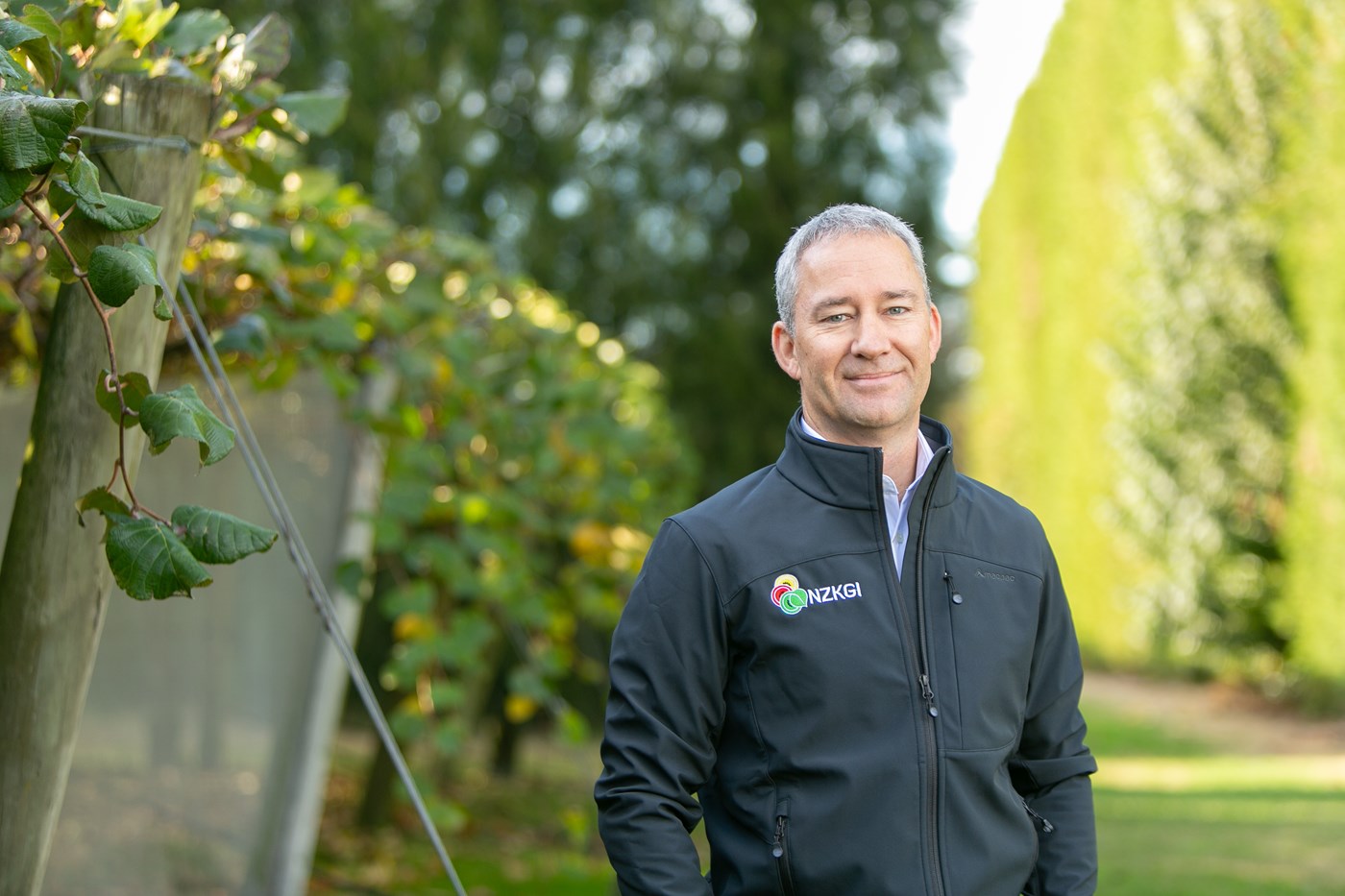01 Jul 2021
The kiwifruit industry has successfully reached the end of its harvest with a record crop now headed for overseas markets – if not already there.
New Zealand Kiwifruit Growers Inc. CEO Colin Bond says the sector weathered the labour crisis that affected the country’s horticulture sector well – “but that was down to a combination of good practice and good fortune.”

Bond says the 2021 season’s domestic operational practices weren’t disrupted by COVID-19 to the same extent as last year’s, but continued border closures meant Working Holiday Visa (WHV) holder numbers were down significantly and RSE worker numbers were limited – meaning an even heavier reliance on Kiwis filling the roles.
“We continued our labour attraction strategies from previous years, based on getting good information on the work available to potential workers via collateral and a range of media, including a strong social media programme. That was bolstered this year by the support from the Ministry of Social Development and Ministry for Primary Industries which made significant contributions to get unemployed kiwis into the kiwifruit industry.
Bond says a pattern of mixed weather through the season – “it was a very wet season and a long one” - slowed the harvest, meaning that harvest work was often disrupted. “But that simply means the fruit is on the vines longer and increases the pressure to get it picked at the optimum time.”
One development that was expanded this year was to raise awareness of the career possibilities and long-term work available in the industry, says Bond. “We don’t just need workers for the harvest; we need them for crucial winter and summer maintenance work to ready the vines for the next year’s crop. For that, we’ve retained our ‘taster’ courses which give people an introduction to the roles and a chance to have a go.” More information on the winter pruning taster courses currently available can be viewed on the NZKGI website.
He says NZKGI would be closely reviewing and evaluating its 2021 recruitment programme and assessing the new challenges to identify how the labour uncertainties could be reduced in 2022.
“We see kiwifruit, along with the other horticultural crops, needing certainty of labour supply and one way we can encourage this is by supporting employment of a workforce that can be on the orchards almost year-round.”
Bond says the labour shortage issue is crying out for solutions to create certainty and RSE workers from the Pacific Islands are critical for the near future. “That would be a massive boon for both the Island economies, which are struggling given the massive impact of COVID-19 on tourism, and the New Zealand primary sector. In the longer term, the industry is also looking at automation and is innovating and expanding into this area.
He says labour will remain a critical topic as the industry heads into next season, “and we’ll be looking again to take a lead on this issue”. - Ends
Further information
Mike Murphy, NZKGI Communications Manager, 0800 232 505. Kiwifruit Facts and Figures
Kiwifruit is New Zealand’s largest horticultural export.
About New Zealand Kiwifruit Growers Incorporated
New Zealand Kiwifruit Growers Incorporated (NZKGI) works to advocate, protect and enhance the commercial and political interests of New Zealand kiwifruit growers. We represent kiwifruit growers, giving them their own voice in industry and government decision making.
NZKGI’s headquarters in the Bay of Plenty, the geographic heart of the kiwifruit industry, is the central hub for the NZKGI Executive Committee, Forum members and staff.
More information about our portfolios of Industry Stability, Performance, Communications, Labour & Education, External Relations and Organisational Management can be found on our website: www.nzkgi.org.nz
Give us a call, send us a message or call in and see us. We’d love to hear from you.